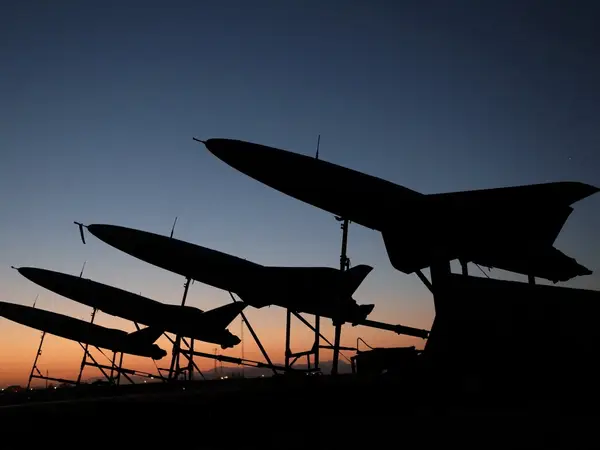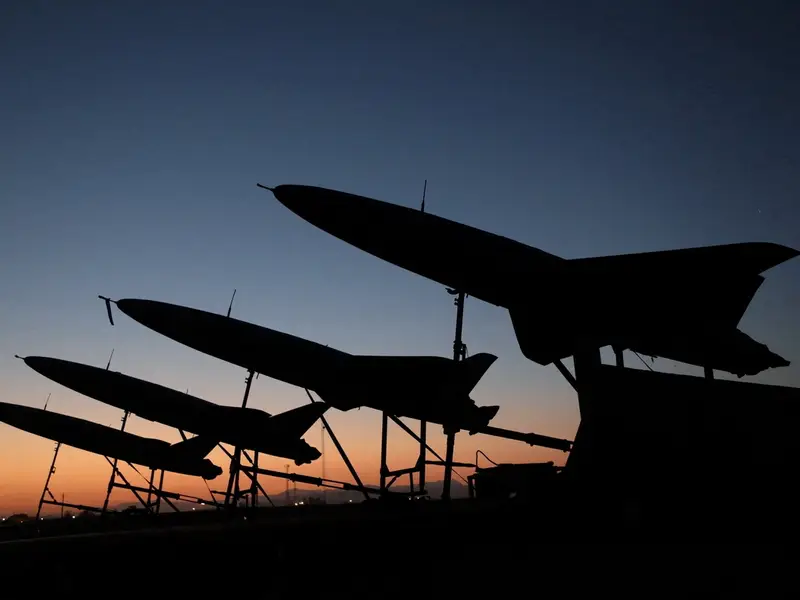Satellite imagery shows progress in the construction in Russia of a plant that will mass produce Iranian-designed kamikaze drones, a research organization said on Monday.
Despite the headway, neither the United States nor its allies have imposed sanctions on the plant's owner, JSC Alabuga, or its associated companies, the Institute for Science and International Security said in a report report.
Iran began supplying hundreds of kamikaze drones to Russia in mid-2022 that have been extensively used against civilian targets in Ukraine.
The report said a mid-September satellite image showed that new construction at the plant "directly" correlated with a leaked building floor plan that the Washington Post shared with the institute earlier this year.
The building, according to other leaked documents, will be used for the mass production of Iran's Shahed-136 that will include improving Iranian fabrication processes "and ultimately advancing the drone's capabilities," the report said.
"With winter fast approaching ... Russia can be expected to accelerate its Shahed-136 attacks against Ukraine's vital energy infrastructure, causing brutal living conditions for the civilian population," the report said.
"A key overdue step" is for Washington to sanction Alabuga and its associated companies, the report continued. The United States and its NATO allies have already imposed sanctions on individuals and entities engaged in supplying Iranian drones to Russia.
Ukrainian President Volodymyr Zelenskiy on Sunday warned his country to prepare for Russian strikes on energy infrastructure. Last winter, Russia unleashed waves of such attacks, prompting rolling blackouts.
The plant is located 500 miles (800 km) east of Moscow in the Tartarstan Republic.
The White House in June said Russia and Iran appeared to be deepening their defense cooperation and that in addition to supplying drones, Tehran was working with Moscow to produce Iranian drones in Alabuga.
With reporting by Reuters

